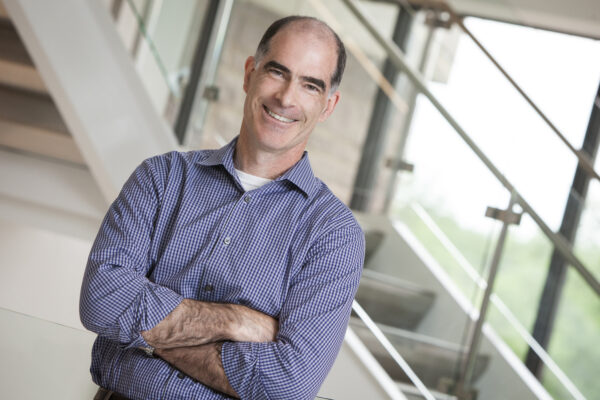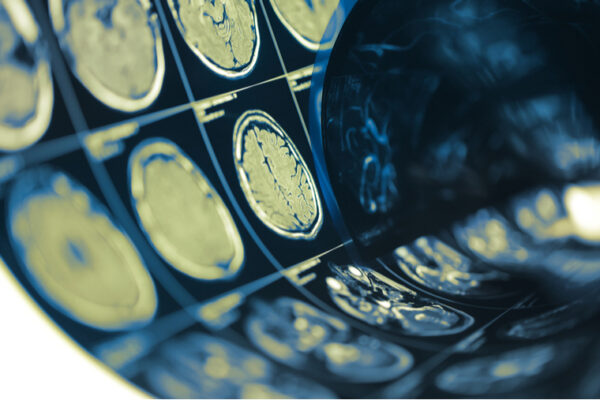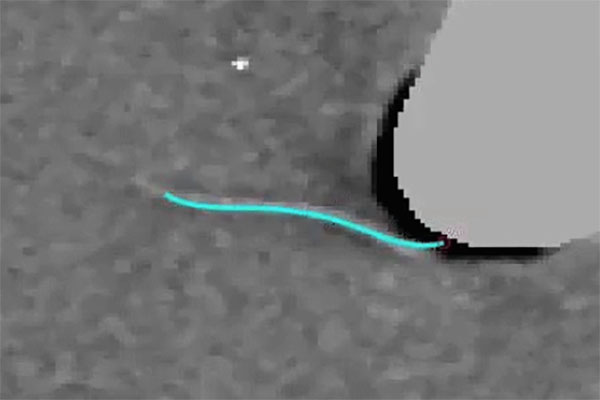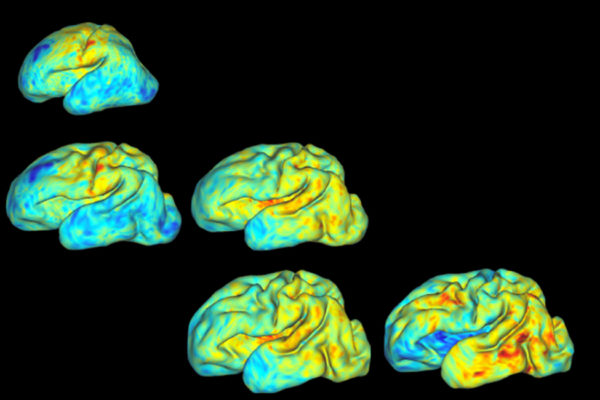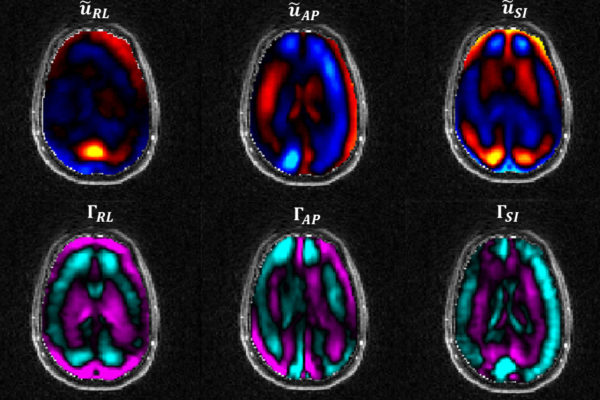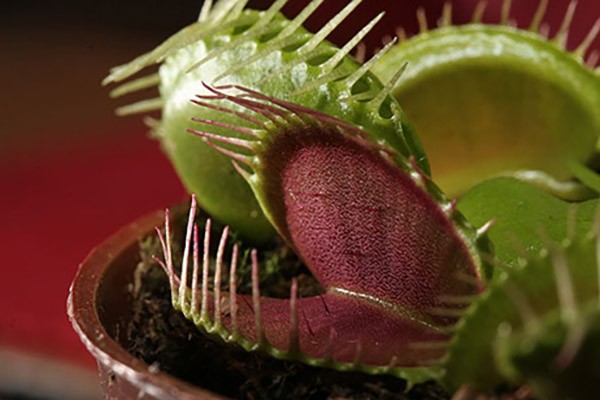Bayly studies impact, vibration, wave motion, and instability in mechanical and biomedical systems. He uses magnetic resonance imaging (MRI) to investigate the mechanics of brain injury and brain development. He also studies the nonlinear dynamic phenomena that underlie the oscillatory movements of cells and microorganisms.
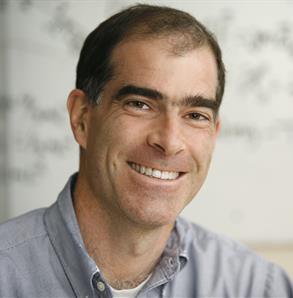
Philip Bayly
Department Chair and The Lee Hunter Distinguished Professor
Contact Information
- Phone: 314-935-6081
- Email: pvb@wustl.edu
- Website: Website
Media Contact
In the media
What a lifetime of playing football can do to the human brain
Phil Bayly, The Lilyan & E. Lisle Hughes Professor of Mechanical Engineering
These St. Louis Scientists Are Shaking Human Brains To Study Head Trauma
Philip Bayly, the Lilyan & E. Lisle Hughes Professor of Mechanical Engineering
Bad Vibes: How Hits To The Head Are Transferred To The Brain
Philip Bayly, the Lilyan & E. Lisle Hughes Professor of Mechanical Engineering
Concussions originate from ringing deep inside the brain, modeling suggests
Philip Bayly, the Lilyan & E. Lisle Hughes Professor of Mechanical Engineering
Everything we know about concussions is wrong
Philip Bayly, the Lilyan & E. Lisle Hughes Professor of Mechanical Engineering
Stories
Push, pull or swirl: the many movements of cilia
Louis Woodhams and Phil Bayly’s team at the McKelvey School of Engineering built a model to better understand how certain cilia — tiny, hairlike structures throughout our body — beat.
Bayly-led team to study mechanical strains, stresses in traumatic brain injury
The McKelvey School of Engineering’s Philip Bayly and a team of collaborators will study the mechanical causes behind traumatic brain injury using models and images.
Bayly named inaugural Lee Hunter Distinguished Professor
Philip V. Bayly has been named the inaugural Lee Hunter Distinguished Professor in the McKelvey School of Engineering at Washington University in St. Louis. Bayly is an innovative researcher at the forefront of understanding the mechanics of brain injury and brain development.
Multi-institutional team to study effects of age, gender on brain injury mechanics
A team of researchers, led by Philip V. Bayly in the McKelvey School of Engineering at Washington University in St. Louis, plans to use MRI to study the brains of healthy, uninjured individuals to create models of brain motion to enable the researchers to predict the chronic effects of repeated head impacts in both men and women.
Making waves: Researchers shed light on how cilia work
An interdisciplinary team of researchers from the McKelvey School of Engineering and the School of Medicine have found the most efficient length for cilia, the tiny hair-like structures designed to sweep out the body’s fluids, cells and microbes to stay healthy.
3-D mapping babies’ brains
Research from a collaborative team at Washington University in St. Louis tested a 3-D method that could lead to new diagnostic tools that will precisely measure the third-trimester growth and folding patterns of a baby’s brain. Their findings might help to sound an early alarm on developmental disorders in preemies that could affect them later in life.
Studying the brain’s suspension system in TBIs
Traumatic brain injury, or TBI, can be devastating and debilitating. Researchers know that the membranes separating the skull from the brain play a key role in absorbing shock and preventing damage caused during a head impact, but the details remain largely mysterious. New research from a team of engineers at Washington University in St. Louis takes a closer at this “suspension system” and the insight it could provide to prevent TBI.
Doctoral students to study biology, mechanics connection under NIH grant
The Venus Flytrap, with its two leaf jaws that sense when an insect approaches and quickly snap shut, is one of nature’s clearest examples of biology and mechanics working together to sustain life. Four doctoral students at Washington University in St. Louis will have the opportunity to take a closer look at this intersection under a five-year, $921,040 grant.
Two new NSF grants allow Bayly to study brain biomechanics
Philip Bayly, PhD, the Lilyan and E. Lisle Hughes Professor of Mechanical Engineering and chair the Department of Mechanical Engineering & Materials Science, has received a three-year, $429,222 grant from the National Science Foundation to study mehanical properties in the brain.
WUSTL engineer helping unravel mystery of traumatic brain injury
The American Academy of Neurology issued new guidelines last week for assessing school-aged athletes with head injuries on the field. The message: if in doubt, sit out. With more than 3 million sports-related concussions occurring in the U.S. each year, from school children to professional athletes, the issue is a burgeoning health crisis.
Bayly, team get $2.25 million grant to study brain mechanics
WUSTL engineering researchers have received a five-year, $2.25 million grant to better understand traumatic brain injuries in efforts to improve methods for prevention and treatment.

